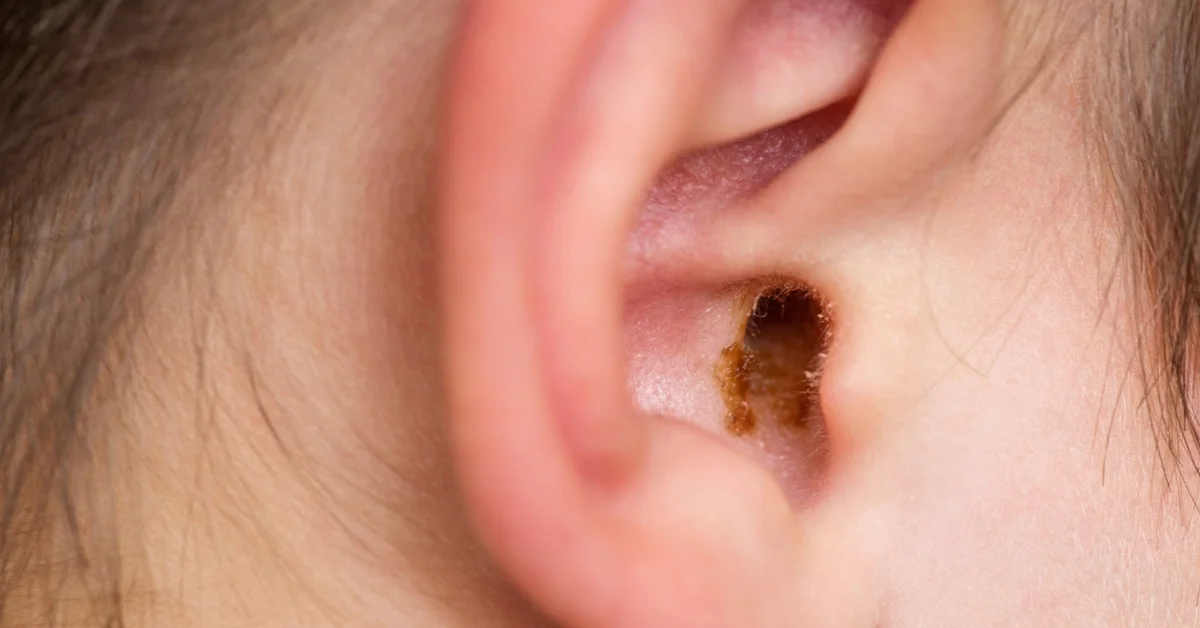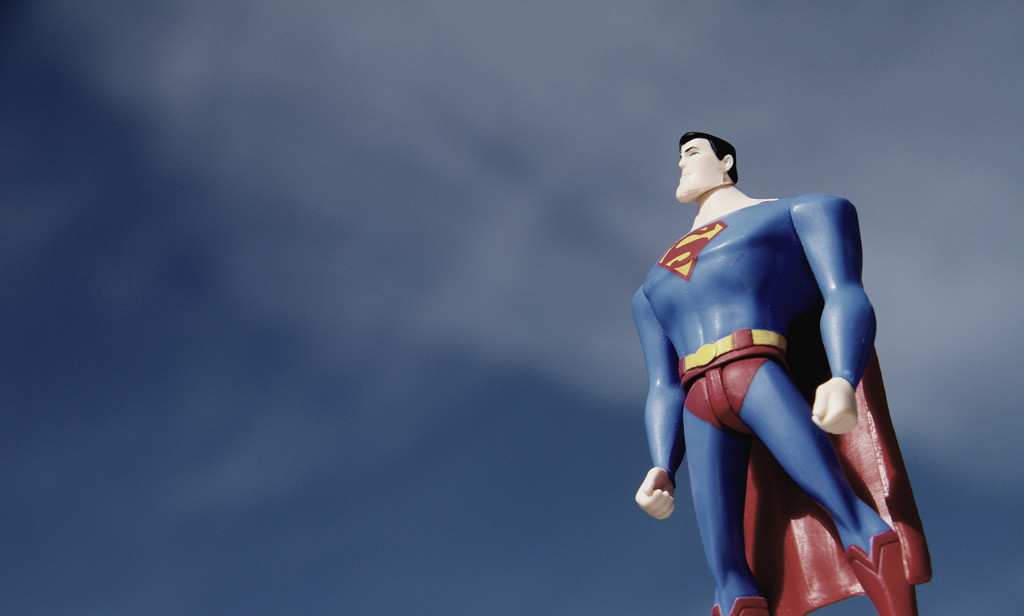You feel great on the inside, but when you look in the mirror your exterior doesn’t seem to reflect your inner glow any longer. Instead, all you see are the forces of time, gravity, sun damage, and heredity staring back at you, especially in the lower face region. Thankfully, modern facial rejuvenation techniques such as the mini facelift produce very natural-looking results.
The mid to lower portion of the face is often subject to the forces of gravity to a greater degree than other areas of the face.
“In addition to the usual wrinkles that begin to appear as one ages, prominent neck muscle bands and sagging of the skin are very common complaints as people get older,” says board-certified plastic surgeon Dr. Jon Ver Halen, from North Texas. “Loss of facial volume also impacts the shape of the face. In the lower face, these factors cause the cheeks and the skin on the neck to droop, and might also cause a ‘waddle’ to form below the chin.”
And of course, as the years pass by, the deep wrinkles and skin laxity only keep worsening.
Thankfully, there are many facial rejuvenation procedures available to help address your aging woes, both surgical and non surgical.
Non Surgical Facelift Procedures
By far the most popular non surgical procedure is Botox, which is used to address fine lines and wrinkles. Next in line are dermal fillers.
“Fillers are a solution for restoring facial volume,” says Dr. Ver Halen. “For instance, I often use Juvederm for the lower face and nasolabial folds, and Volbella for the lips. Laser skin tightening is also a great non-surgical option that can restore a more vibrant skin tone.”
“The advantage of using non surgical procedures is they are typically performed in the doctor’s office without any sedation. However, just keep in mind that these treatments are a temporary fix,” adds Dr. Ver Halen. “Botox lasts approximately 3 to 4 months. And while some fillers are unique, such as Juvederm Voluma that can last up to 2 years, most fillers will only last anywhere from 6 months to a year. As for laser skin tightening, the results will only remain for 2 years or so.”
“Another thing to note is these temporary treatments may not address the specific problems in the lower face and neck region,” says Dr. Ver Halen.
The unfortunate reality is that non surgical treatments can only do so much. Where the forces of gravity have taken over, fillers or skin tightening simply won’t achieve the lift that’s needed to restore a youthful appearance.
“If the patient is most unhappy with the cheeks, chin, and neck, a lower facelift — also known as a mini-lift — could present the best long-term option,” says Dr. Ver Halen.
What Is a Mini Facelift?
A mini facelift is a surgical procedure designed to treat excess skin and sagging jowls in the lower face. As distinguished from a full facelift, which addresses the entire face, a mini facelift usually entails more limited dissection of the tissues with more modest results, shorter scars, and less downtime.
“Depending on the technique the surgeon uses, incisions may be made from the temples and curve around the ear, or just in front of the ear,” informs Dr. Ver Halen. “In general, a lower facelift procedure involves the surgeon removing extra fat below the skin and rearranging underlying muscle and other deep layers of facial tissues. The skin may then be carefully redraped to achieve a more toned and youthful contour.”
“The level of anesthesia will always depend on the type of procedure being performed,” adds Dr. Ver Halen. “But since a facelift is a surgical procedure, it is most often performed under general anesthesia.”
Bear in mind that although the lower face and neck can both benefit from facial rejuvenation surgery, they in fact constitute two separate procedures.
“Aging affects everyone differently. Jowls and a ‘turkey neck’ may start to form when people are in their 30s, but generally the effects are most pronounced sometime after a person passes the dreaded 40th birthday,” says Dr. Ver Halen. “If a ‘turkey neck’ is the patient’s main complaint, opting for a necklift might be the better choice as the lower facelift may not address all the necessary neck areas.”
The thing to realize is that when it comes to plastic surgery, there is no cookie cutter, stock standard procedure suited to every patient. During your initial consultation, your cosmetic surgeon will discuss your goals and desires so that an individualized solution can be provided to you.
“Essentially, the exact details of surgery will vary based on the patient’s needs and cosmetic goals,” says Dr. Ver Halen. “The skin on the neck is a bellwether for aging, so it often makes sense to combine a lower facelift, necklift and/or upper facelift. In particular, many surgeons would consider a lower facelift and necklift as complementary procedures that offer patients the best chance of looking their best.”
Ideal Candidates
A lower facelift procedure may be right for you if you have:
- Deep folds or creases between the cheeks and lips
- Sagging or excess skin that changes the definition of the jawline
- Cheeks dropping causing jowls
- Loose skin in the chin or neck region
- A double chin or neck waddle
Scars, Side Effects and Complications
“Surgeons will always work to conceal scars in the hairline and natural contours of the face,” advises Dr. Ver Halen. “With that in mind, the good news is that while a lower facelift procedure will leave scars, they will be difficult for the average person to see. The art of a good facial plastic surgeon is to ensure that only the most trained observer will notice.”
As with any surgery, there is a risk of side effects and complications.
“Bruising or bleeding at the surgical site is possible, and it’s important to be aware of possible infection,” informs Dr. Ver Halen. “In rare cases, patients might experience an overly prominent scar or temporary diminished sensation or muscular function. However, these risks can be minimized by choosing a skilled facial plastic surgeon with extensive facial surgery experience.”
Make sure you research your plastic surgeon’s credentials before undergoing this procedure. Also ask for details about the actual medical facilities where the surgery will be performed.
“The lower facelift is a surgical procedure, and therefore it should be performed in a safe, sterile environment,” says Dr. Ver Halen. “If your doctor claims to have an ‘on-site’ operating room, be very sure it has certification with an accreditation group like the American Association for the Accreditation of Ambulatory Surgery Facilities or The Joint Commission.”
Recovery and Results
When compared to other, more extensive plastic surgery procedure, recovery from a lower facelift is fairly rapid.
“After a lower facelift patients can go home the same day, and generally feel well enough to be back on their feet within a day or two,” says Dr. Ver Halen. “However, it can take up to two weeks before the swelling and bruising subside, which means that many patients will want to take a bit more time before making a ‘reveal.’ And as for a full recovery, it can take several months before patients begin to see the entire results of their facelift.”
Patients should also remember that the recovery period will always depend on whether they are having several procedures performed at the same time. The more extensive the procedure, the longer the recovery period will be.
However, more extensive procedures also generally achieve much longer lasting results.
In recent years, cosmetic procedures have advanced significantly. So rather than just pulling skin tighter, plastic surgery procedures now focus more on the underlying muscle and tissues, which helps soften your deep creases and remove the fine lines, without pulling your skin as tight as possible so you look ‘operated’ on.
“When done properly, a lower facelift can turn back the clock 10 to 15 years and achieve very natural-looking results,” says Dr. Ver Halen.
And not only will the aging clock be reset, you can expect your procedure to last for many years!
“The mission of a plastic surgeon who performs a facelift is to address the signs of aging the patient is experiencing while anticipating the changes that will continue to happen with age,” concludes Dr. Ver Halen. “Patients can expect a lower facelift to last for years and they can take steps to boost their chances of longevity by maintaining a healthy weight, taking care of their skin, and refraining from smoking, among other things.”
How Much Does It Cost?
In terms of cost, Dr. Ver Halen informs that “multiple factors impact the prices that plastic surgeons charge. However, lower facelift surgery can cost up to $10,000, possibly more if the surgeon is performing a simultaneous neck lift.”
According to independent sources, the prices for the procedure generally range from $4,000 to $10,000, with an average cost of about $7,000.









